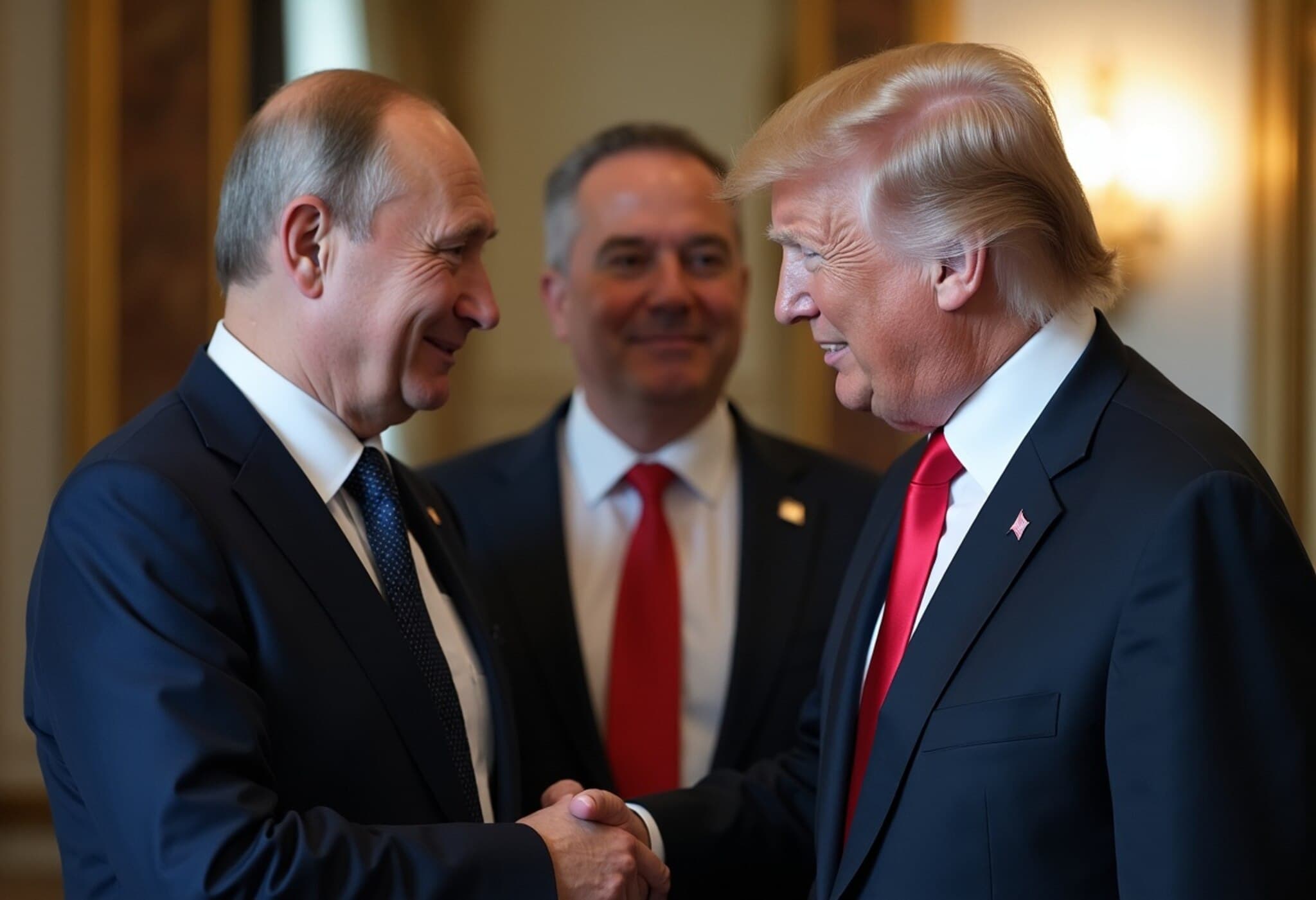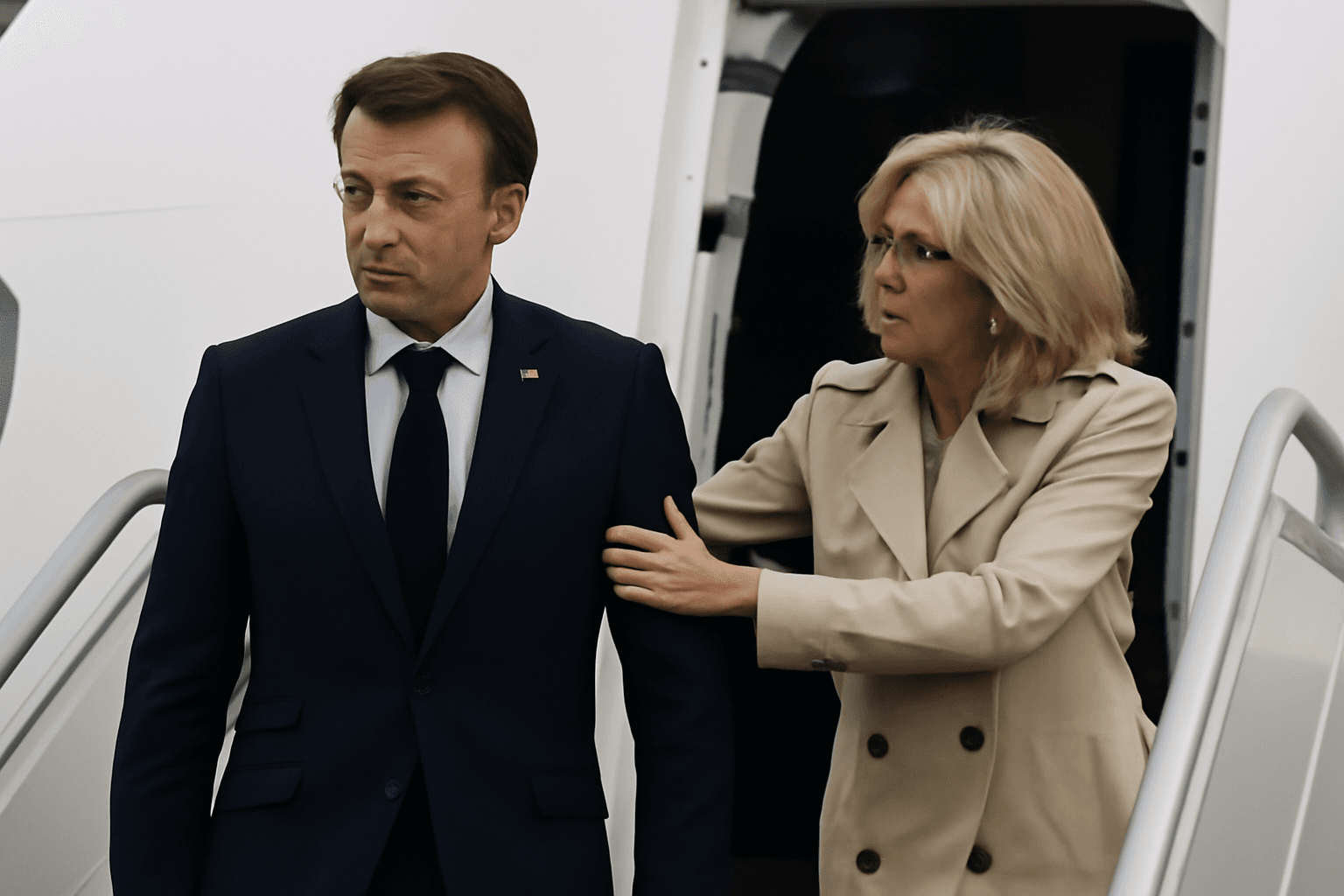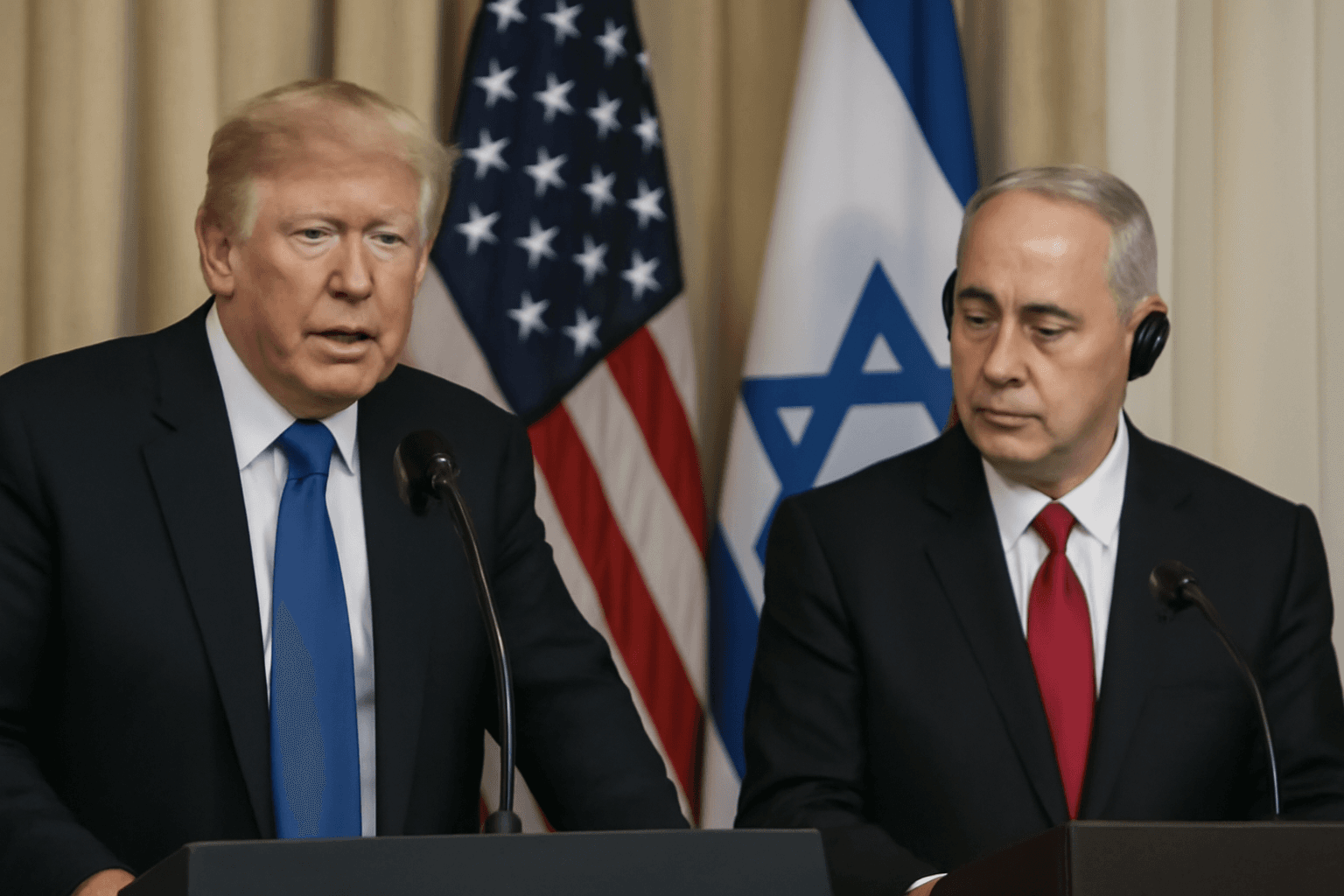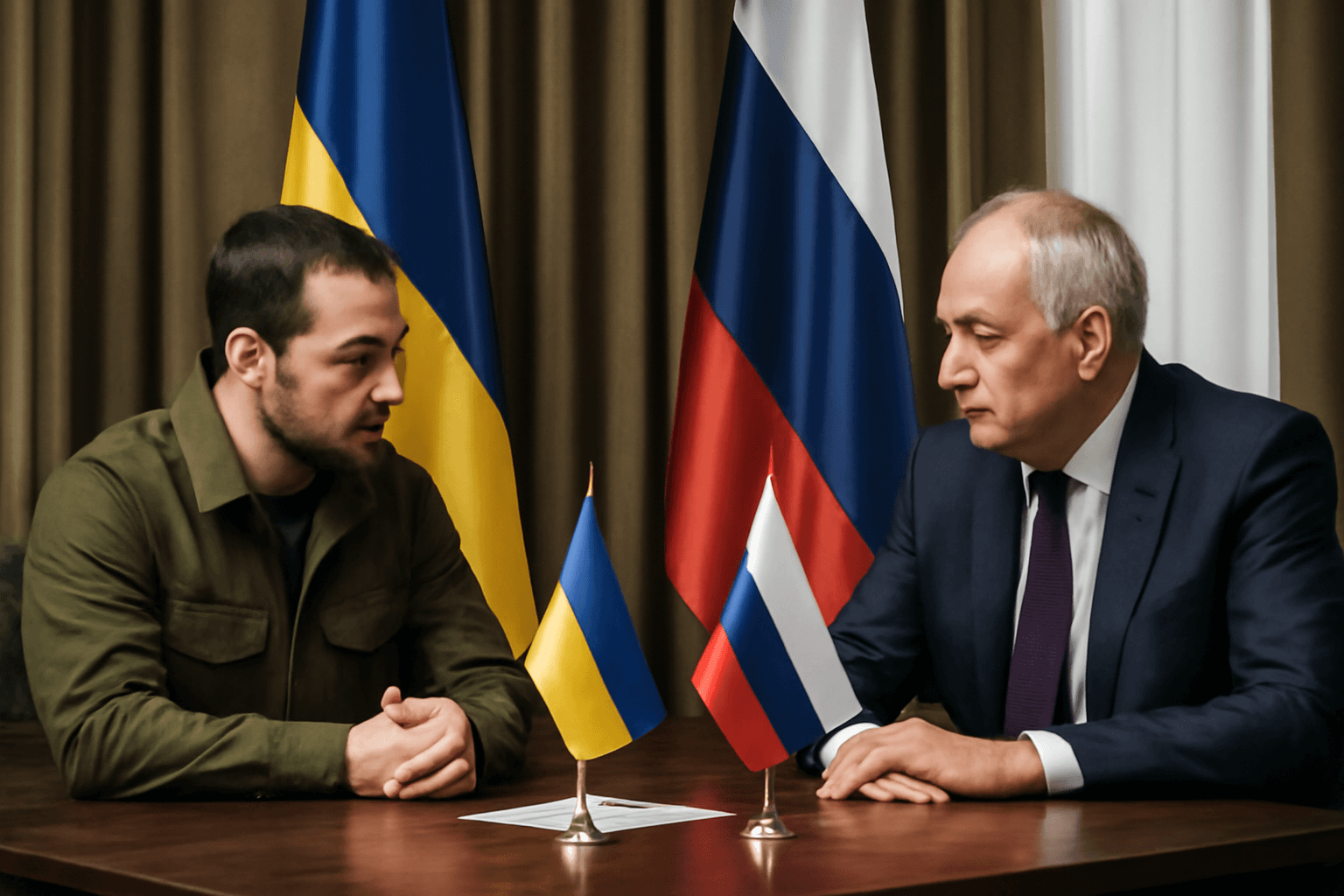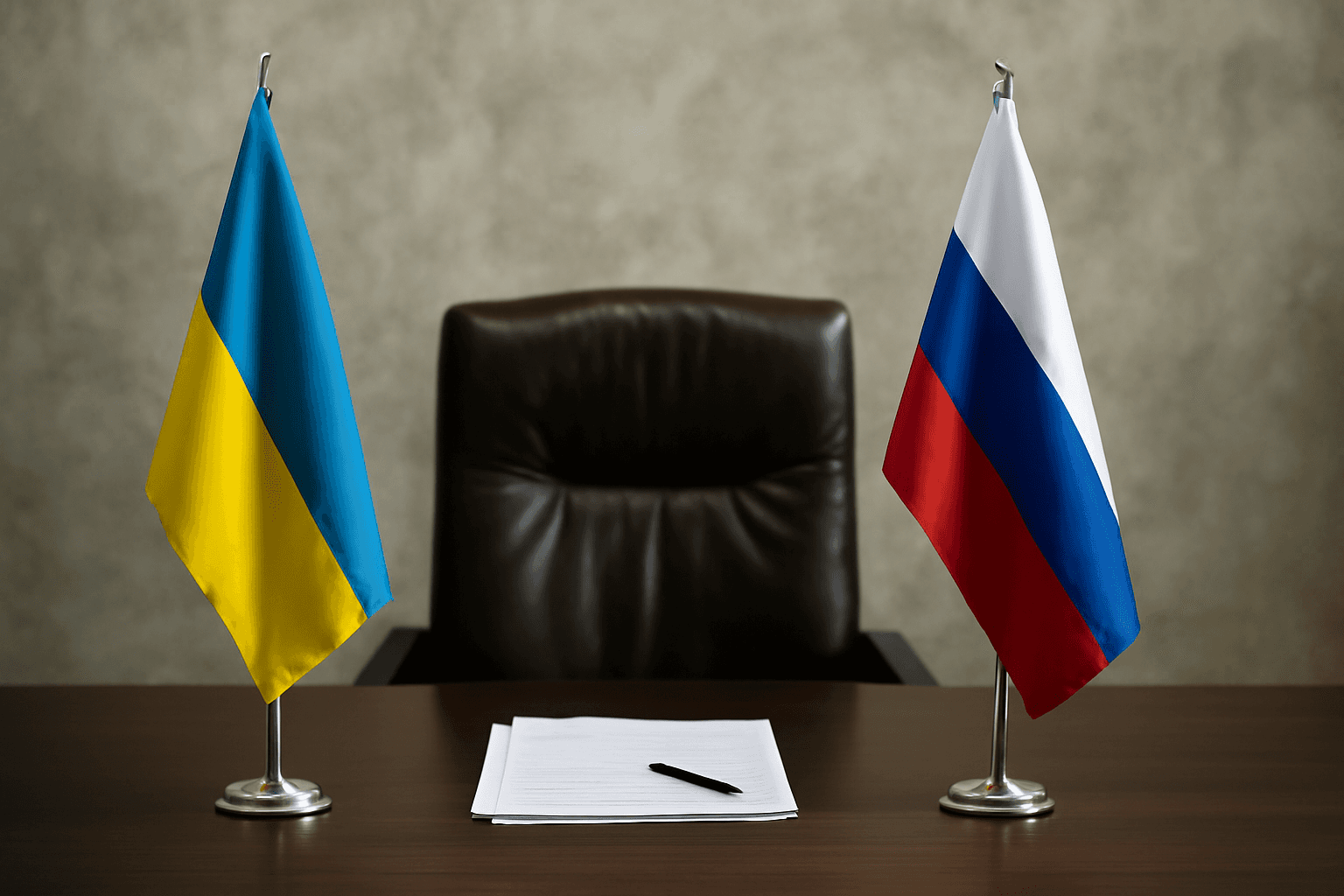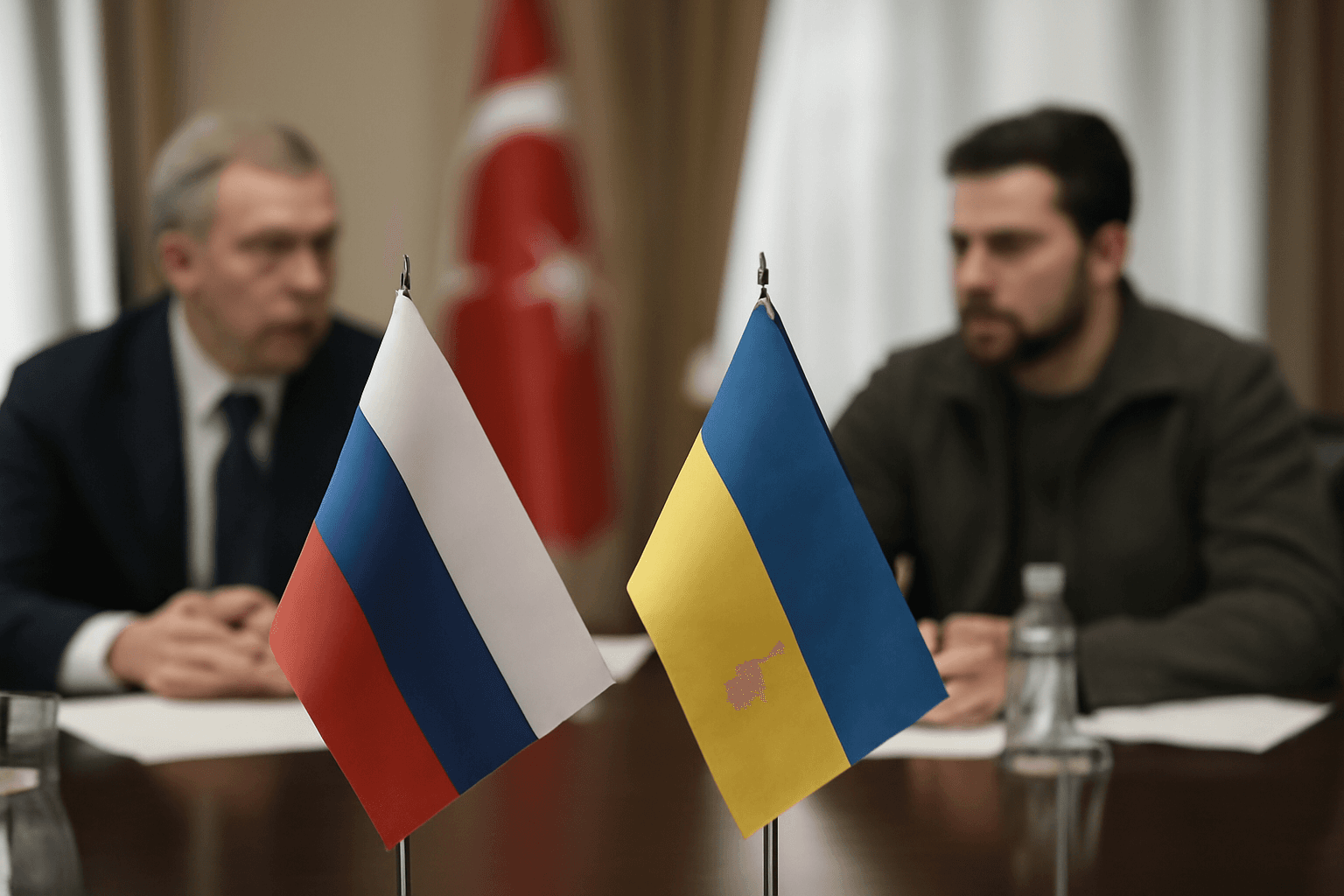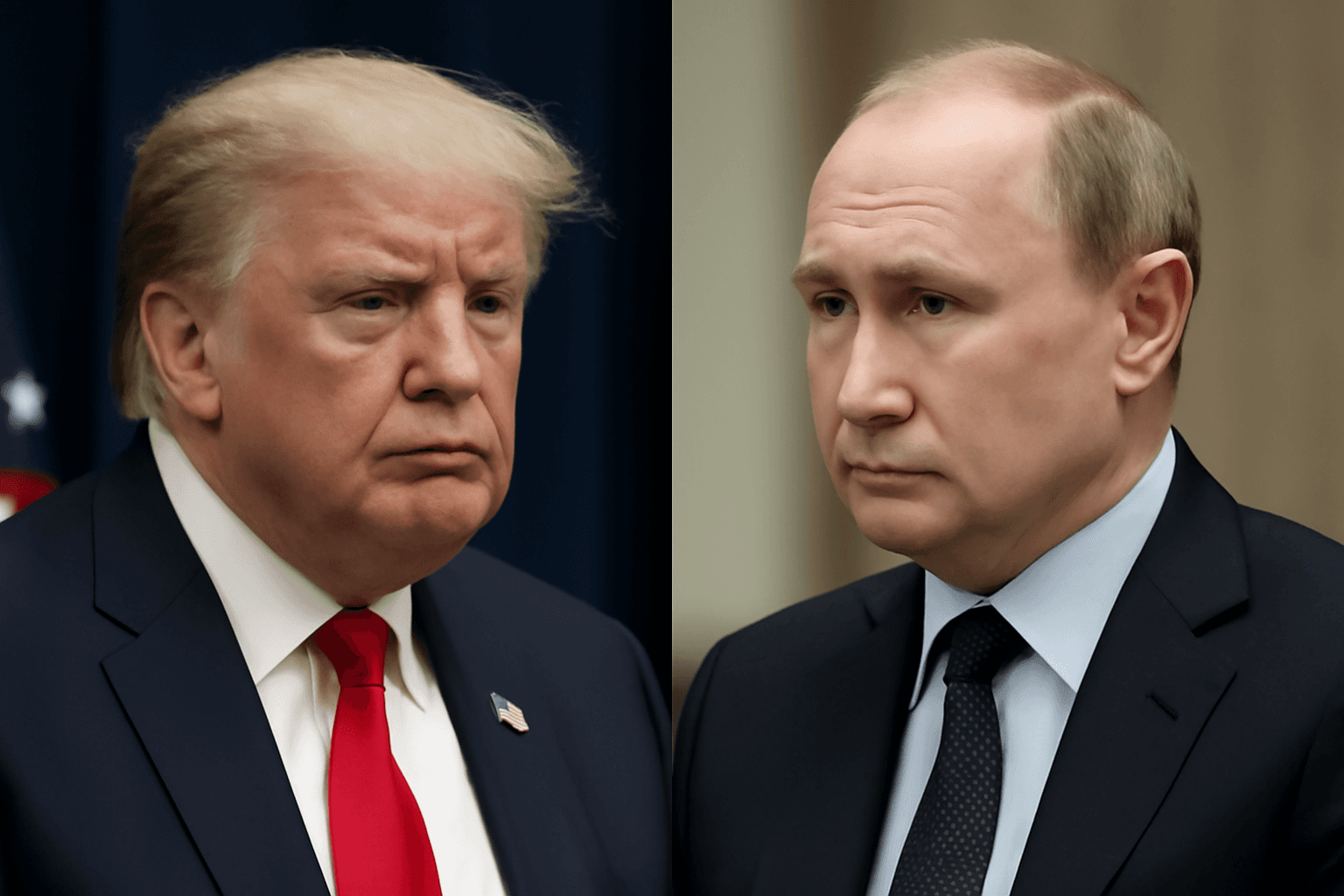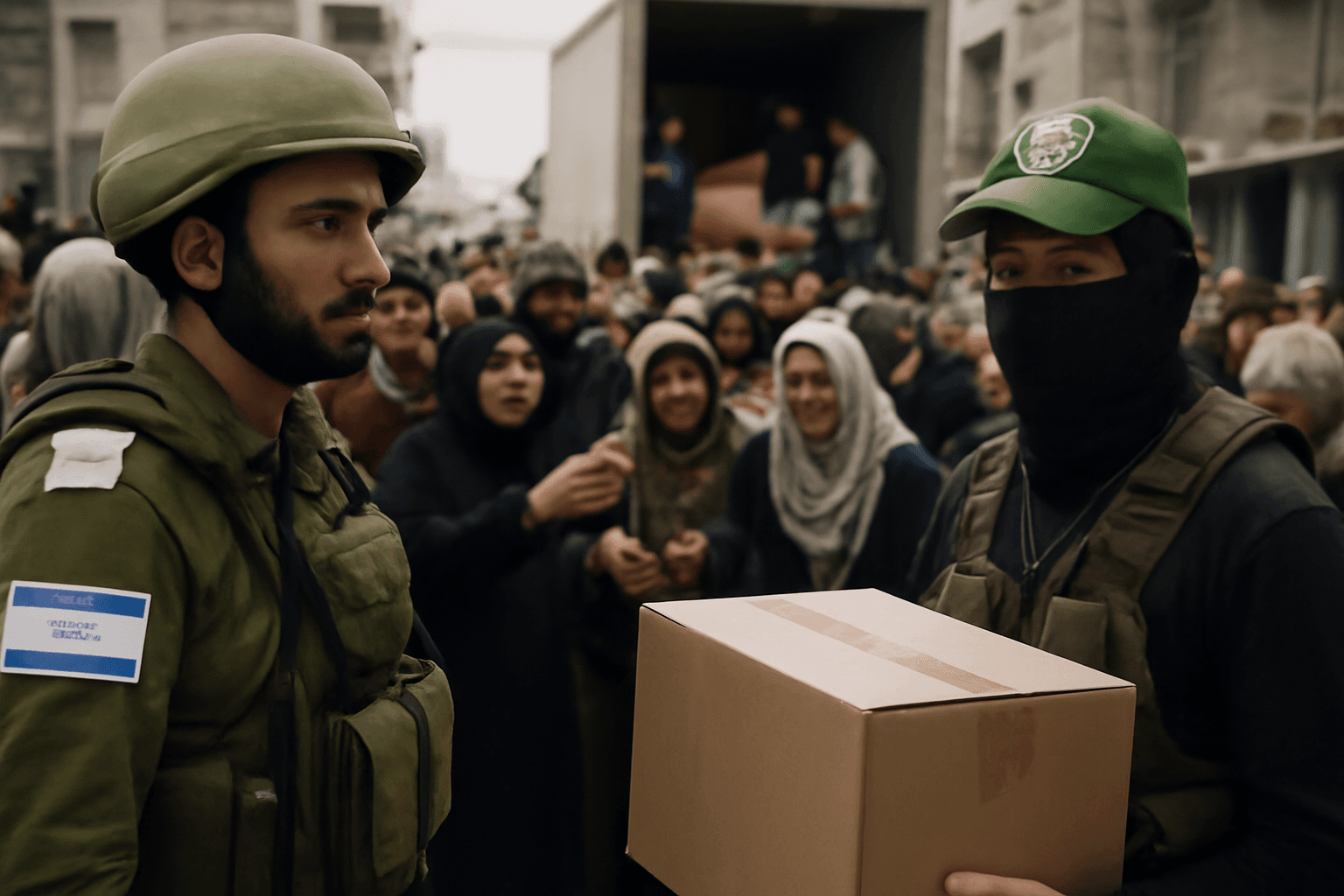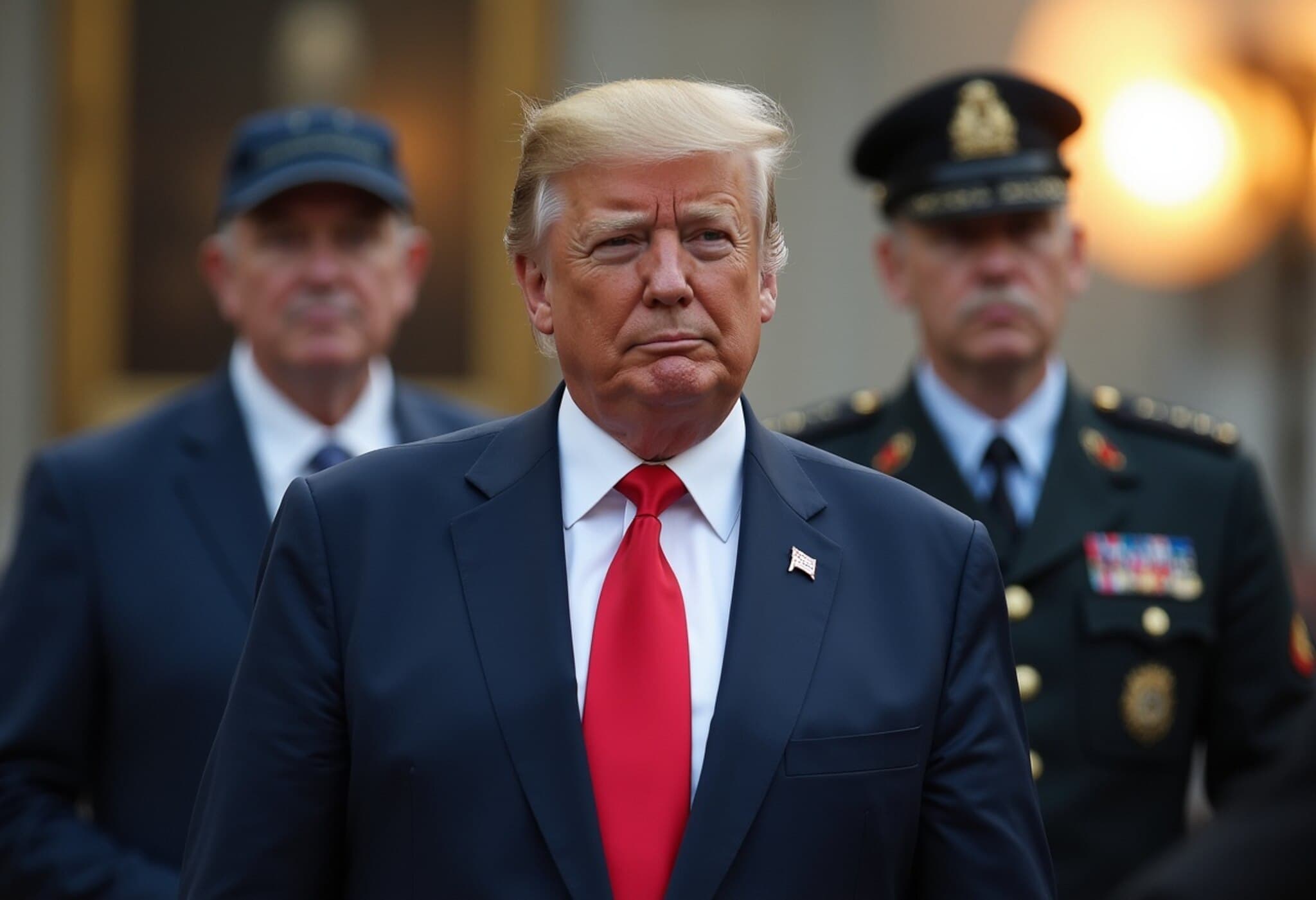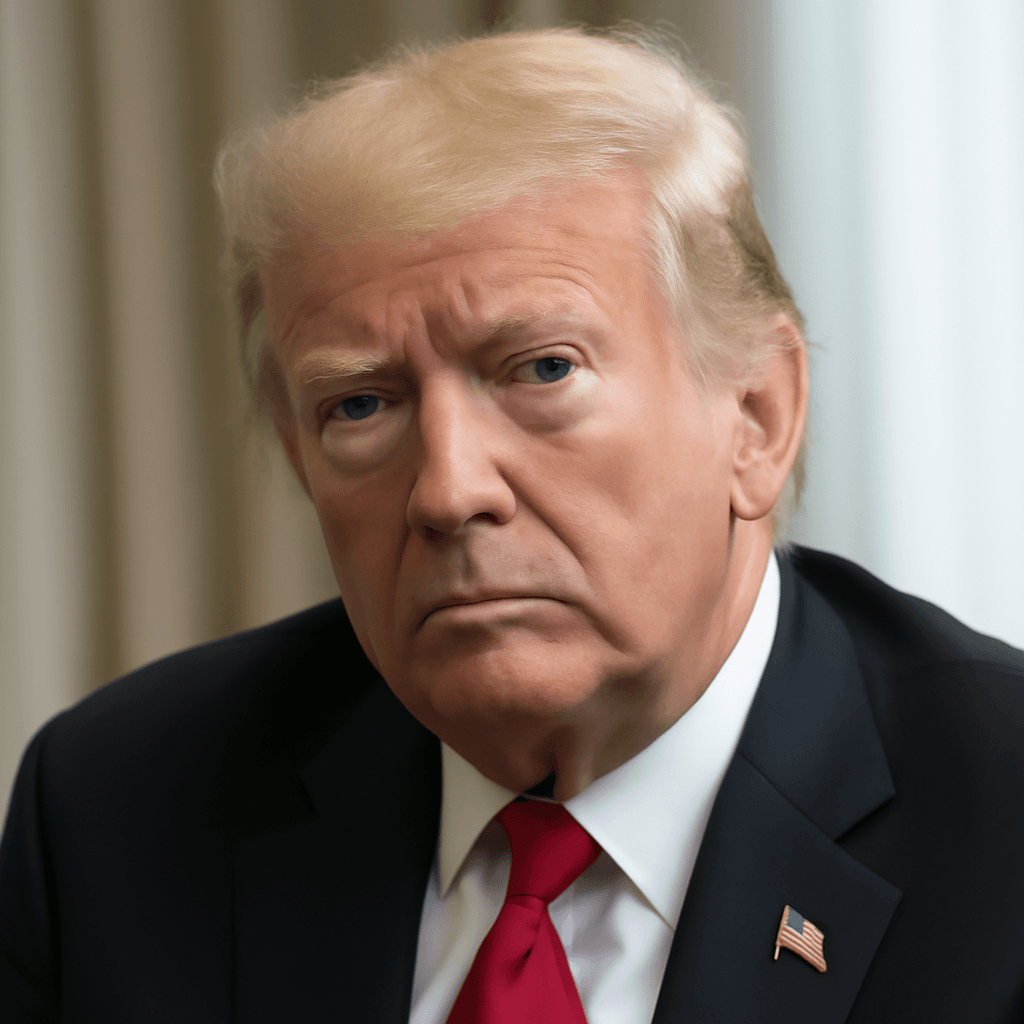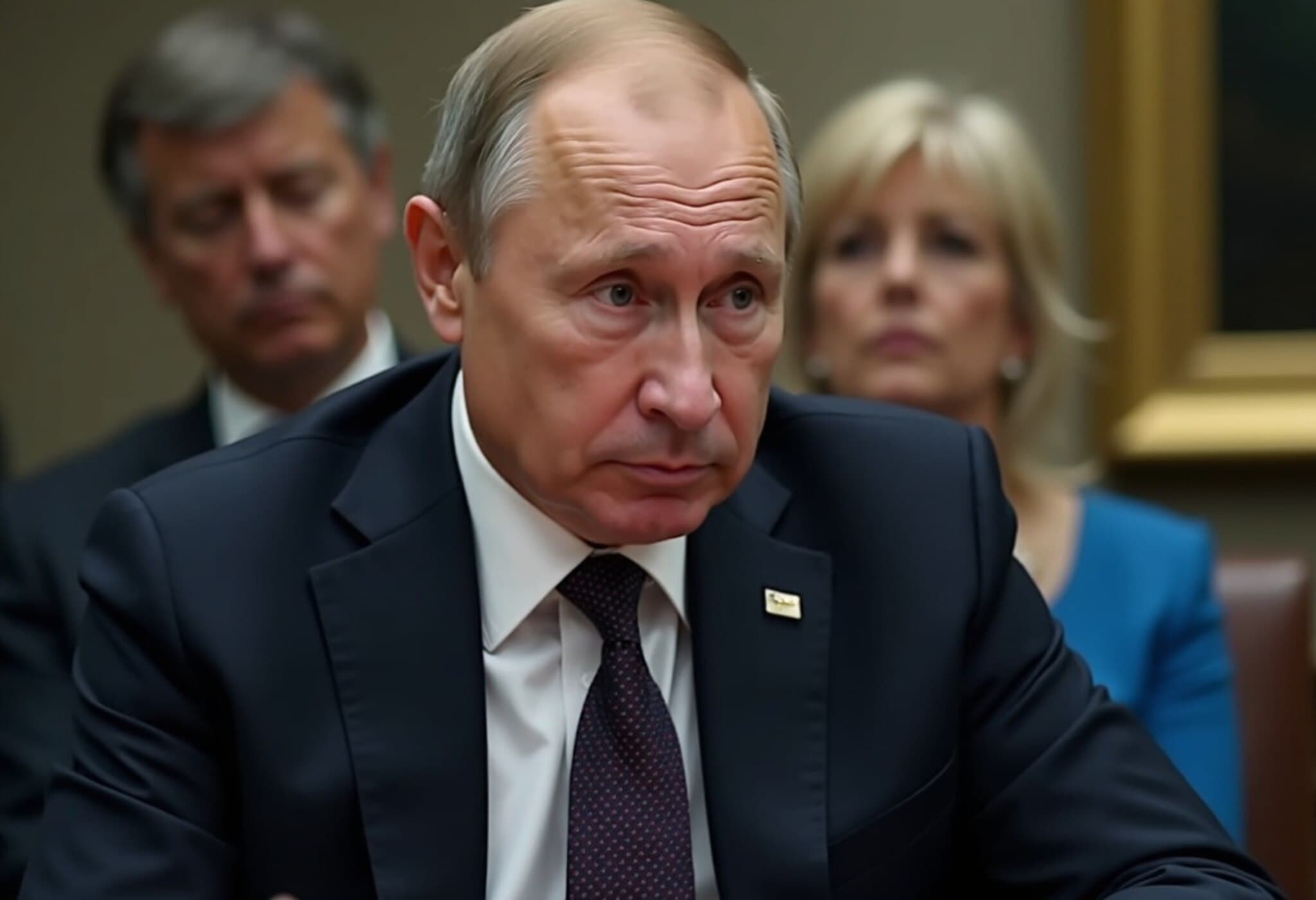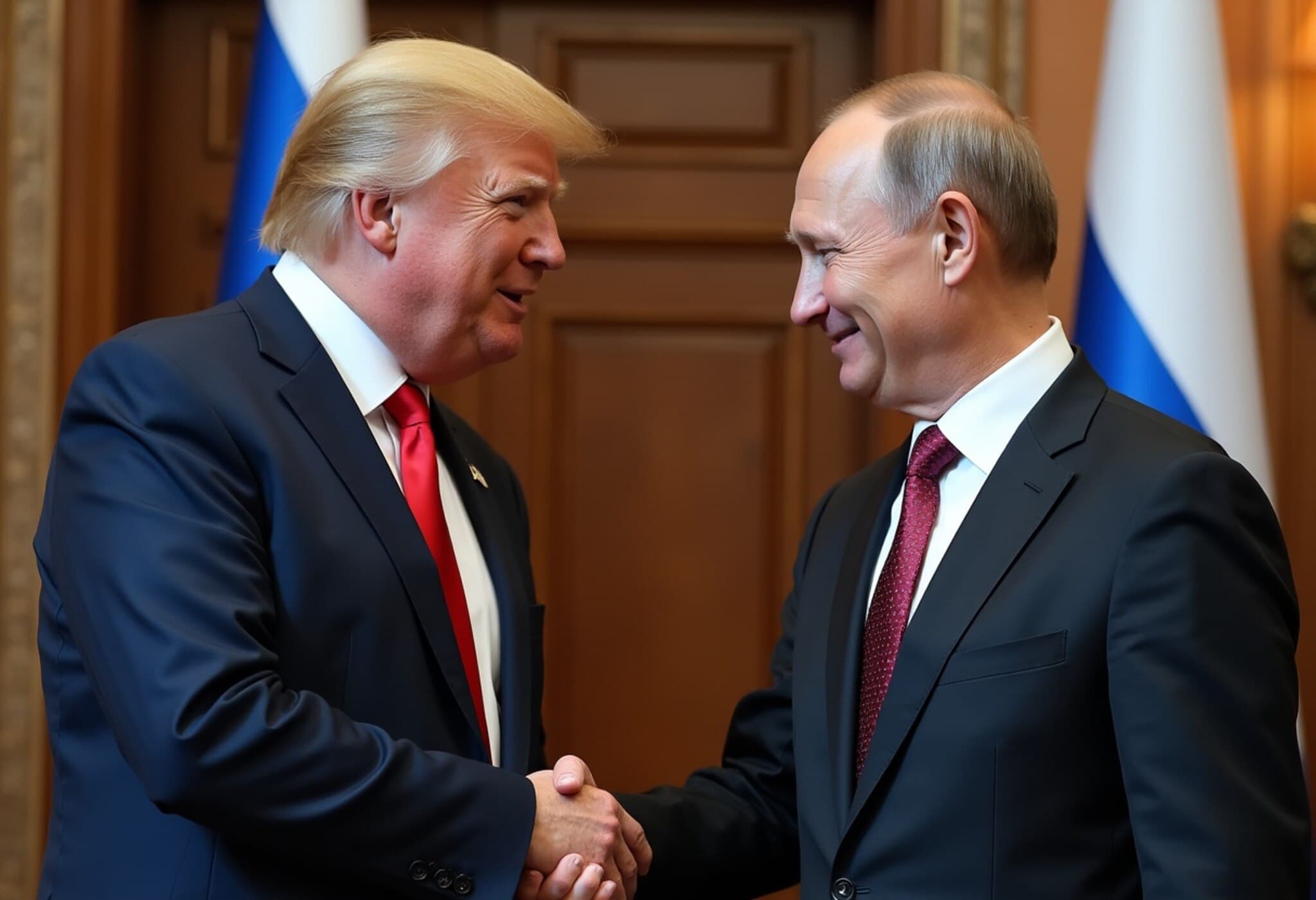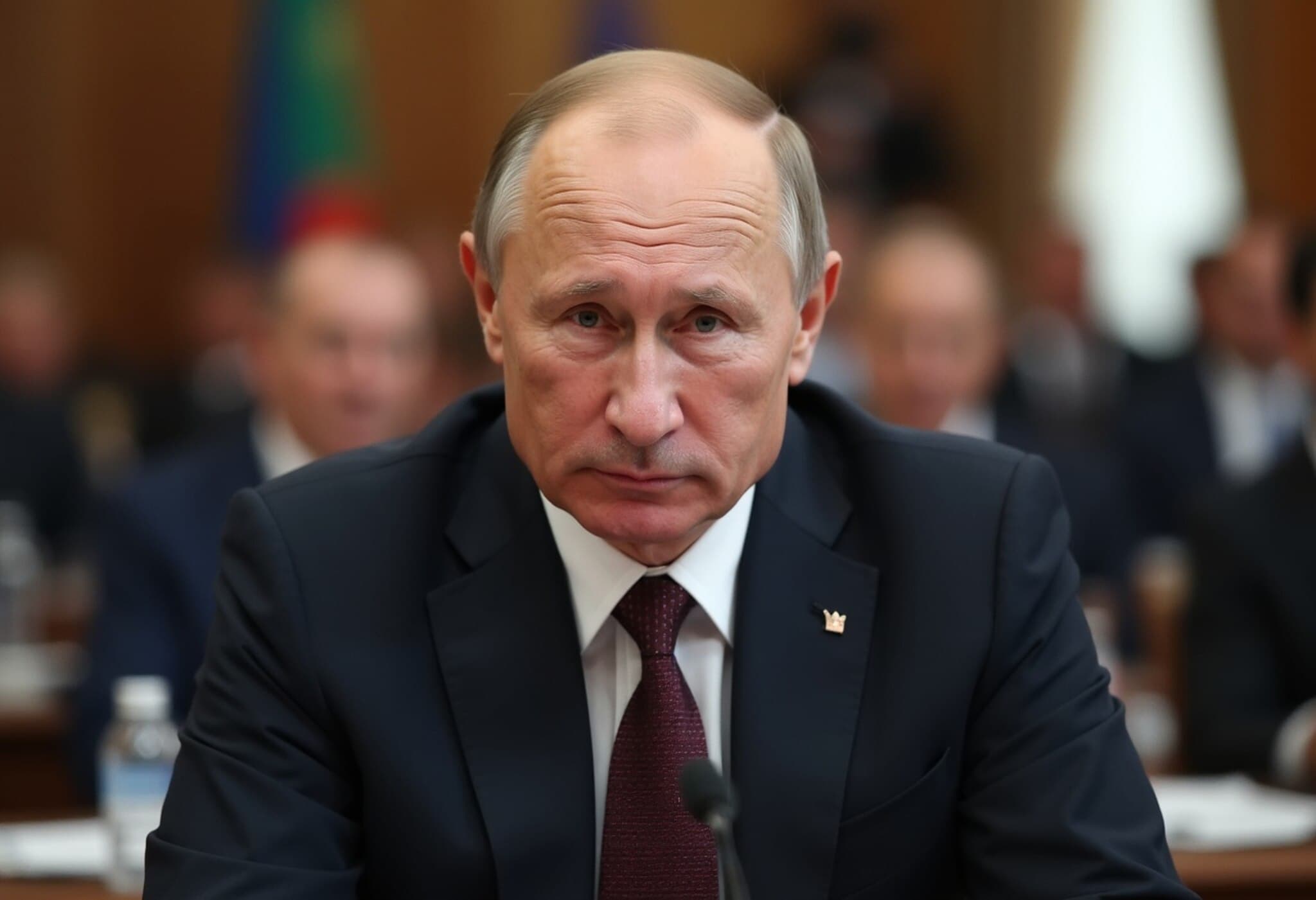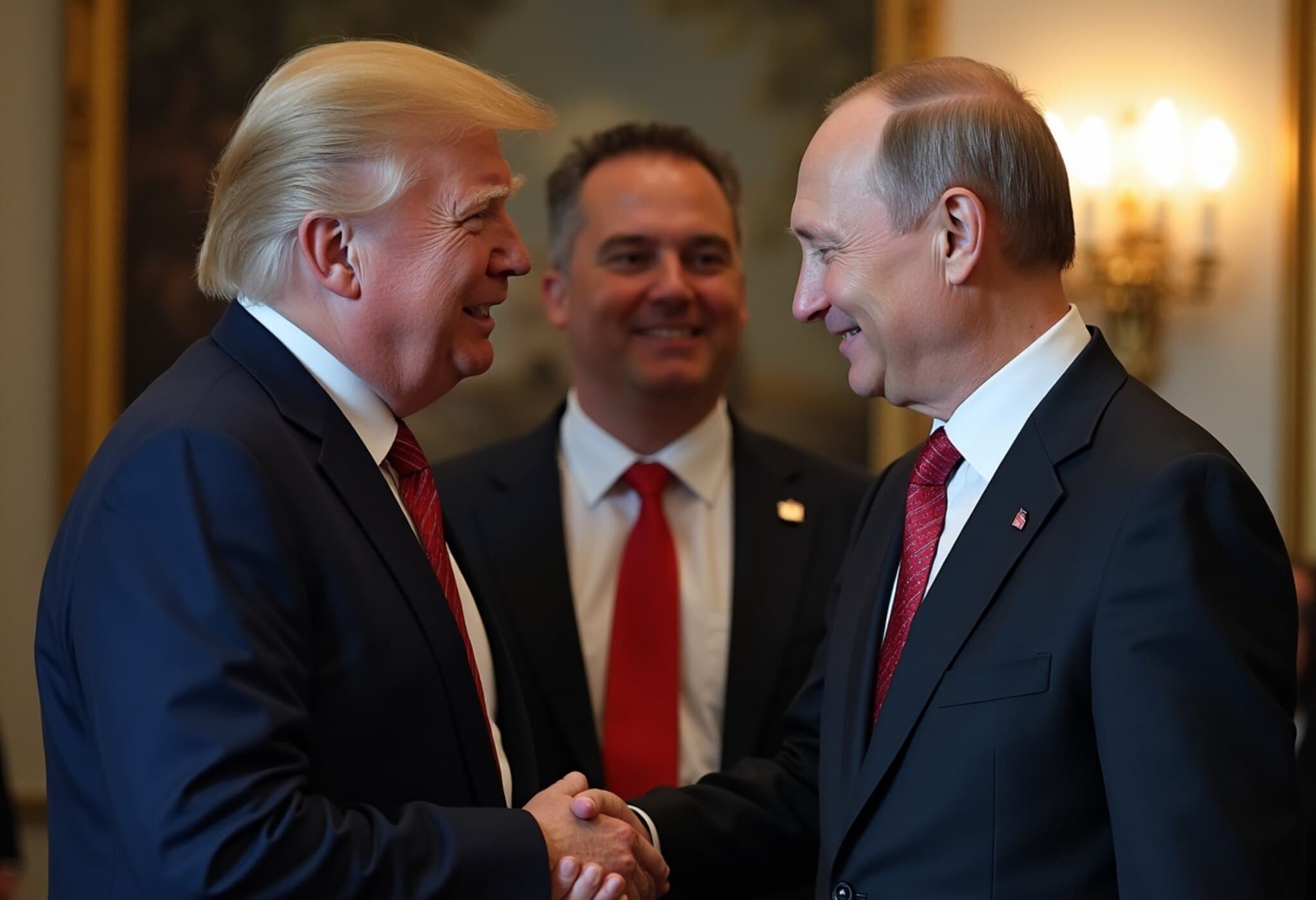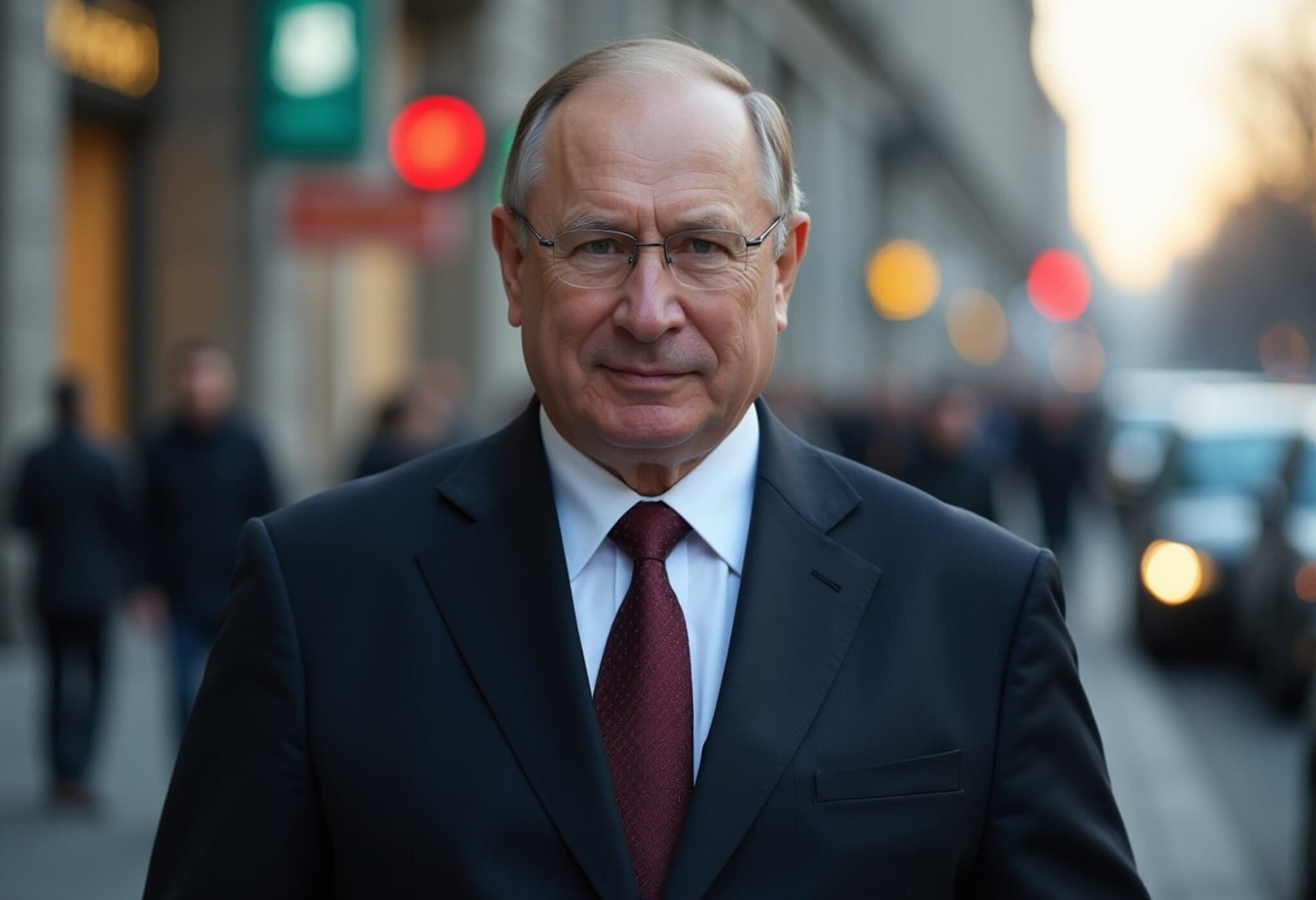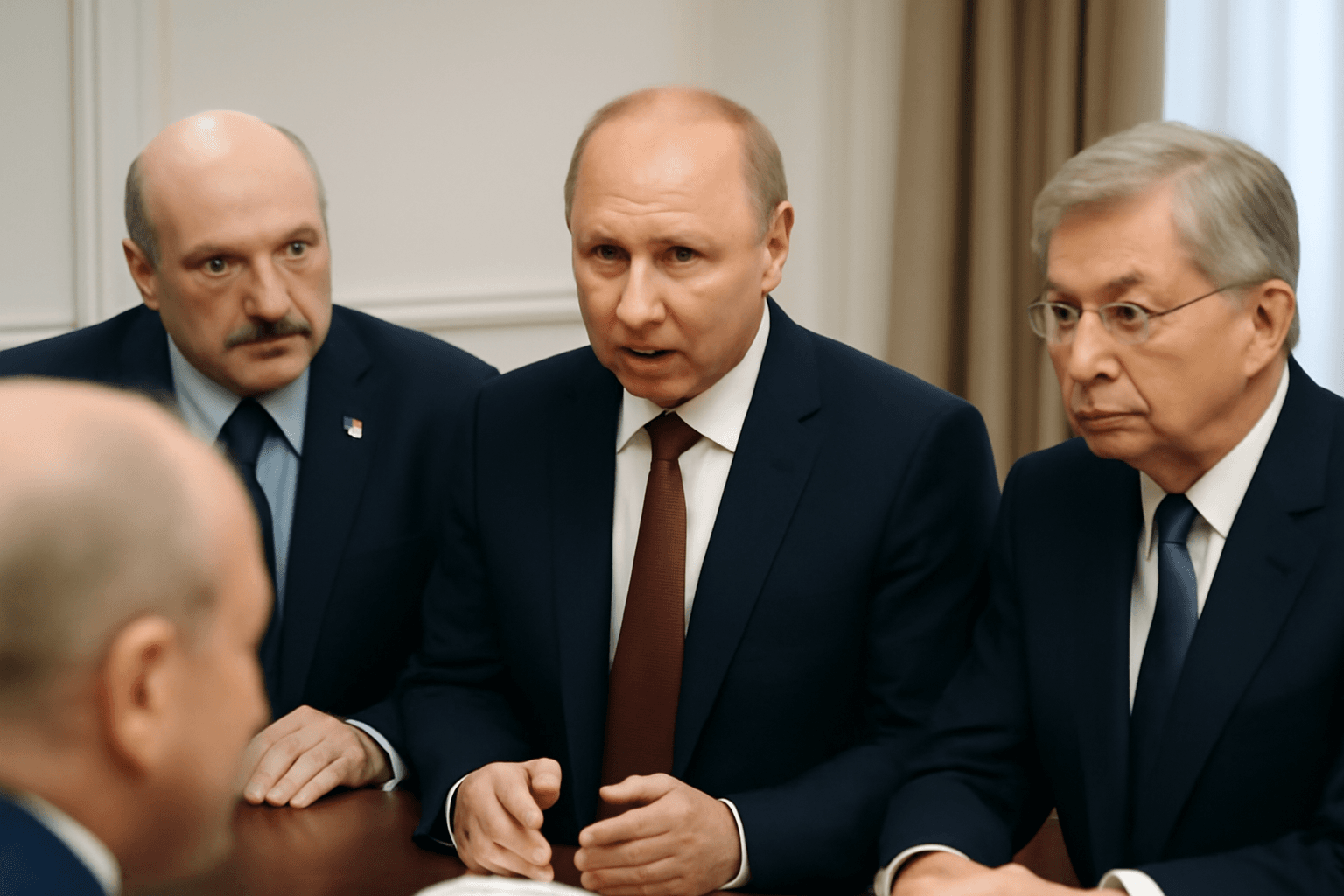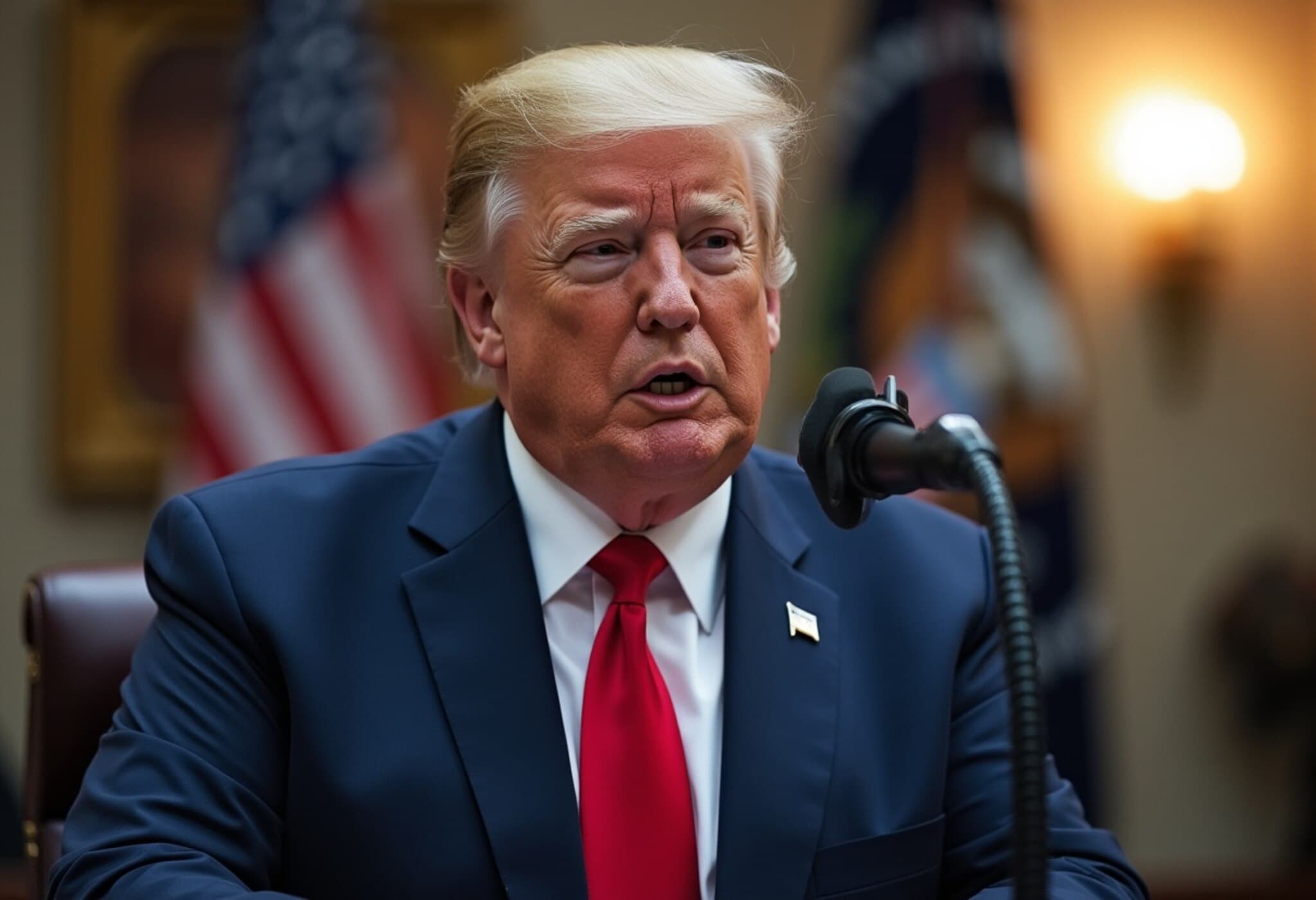Putin's Unexpected Concession: NATO-Style Security Guarantees for Ukraine
In a significant diplomatic development, Russian President Vladimir Putin has tentatively agreed to a U.S.-Europe proposal to offer Ukraine security guarantees resembling the famed NATO Article 5 collective defense clause. This breakthrough emerged during a high-stakes summit between Putin and former U.S. President Donald Trump, attended by key envoys and top diplomats.
What Is Article 5 and Why It Matters?
NATO's Article 5 is a cornerstone of collective security, stating that an attack against one member is considered an attack against all. This principle has kept the alliance steadfast amid numerous global crises. For Ukraine, gaining a comparable guarantee symbolizes a crucial protection against external aggression, especially given the ongoing conflict with Russia that has persisted for over three and a half years.
This agreement by Moscow to allow the U.S. and European partners to extend such guarantees signals an unforeseen shift after years of staunch opposition to Ukraine’s NATO integration.
Behind the Scenes: Insights from the Summit
U.S. special envoy Steve Witkoff, speaking on CNN’s State of the Union, described the concession as “game-changing,” underscoring that it marked the first time Russia entertained the possibility of Article 5-like protections for Ukraine. Witkoff revealed that alongside this landmark step, Russia agreed to legislate against violating the sovereignty of other European nations — a pledge with widely recognized implications for European security.
While specifics remain confidential, these developments offer a rare glimpse into Russia’s evolving stance and suggest a pathway around Putin’s previous red lines.
European and Ukrainian Reactions
European Commission President Ursula von der Leyen expressed strong support from Brussels, emphasizing the European Union’s readiness to collaborate within what has been coined the "Coalition of the Willing" to uphold these security commitments.
Meanwhile, Ukrainian President Volodymyr Zelenskyy welcomed the U.S. willingness to work with Europe on providing robust security guarantees. However, he cautioned, “There are no details yet on how this will work practically — the roles of the U.S., Europe, and the EU remain undefined.” Zelenskyy also reiterated his view that EU accession forms an integral component of Ukraine's broader security framework.
Political Nuances and Challenges Ahead
The summit also revealed internal U.S. diplomatic dynamics. Despite initial intentions, former President Trump shifted away from pressing Russia for an immediate ceasefire, with his envoy attributing this to progress made on other complex issues essential to a peace deal. Senate Foreign Relations Committee Chair Marco Rubio echoed skepticism about a truce, emphasizing Ukraine’s absence from the talks and highlighting the complexities still at play.
Rubio cautioned that imposing new sanctions on Russia could hinder diplomatic efforts, underscoring the delicate balance between pressure and engagement in U.S. foreign policy. Both he and Witkoff recognized meaningful progress while acknowledging that key hurdles, notably Ukraine's territorial questions, remain unresolved.
Looking Forward: The Road to Peace
Ukrainian leaders and European officials are slated to meet with President Trump at the White House to continue discussions. Witkoff conveyed cautious optimism, noting that this summit marked the first real progress toward peace that the parties have witnessed, setting the stage for potentially transformative negotiations ahead.
He highlighted that contentious issues such as land swaps — deeply sensitive and ultimately controlled by Ukraine — were intentionally set aside for future discussions, emphasizing the incremental nature of diplomacy amid conflict.
Expert Commentary: A Potential Turning Point with Uncertain Outcomes
From a geopolitical standpoint, this development reflects a complex dance between deterrence and diplomacy. The willingness of Moscow to consider NATO-like security guarantees could indicate a pragmatic recognition of the war's stalemate and international pressure. However, the lack of clear implementation details and fundamental disagreements on territorial sovereignty suggest that the path to lasting peace remains fraught with uncertainty.
For the U.S., the challenge will be to balance robust support for Ukraine with realistic diplomatic engagement with Russia, all while managing domestic political divides and forging strong transatlantic consensus.
Why This Matters for the U.S. and Europe
- Security Architecture: Introducing NATO-style guarantees for a non-member like Ukraine could set a precedent and reshape European security paradigms.
- Geopolitical Stability: Successfully negotiating these guarantees might reduce the risk of wider military conflict in Europe.
- Transatlantic Relations: This initiative underscores ongoing cooperation and occasional tension points among U.S., EU, and Russian interests.
Editor's Note
This potential accord marks a rare flicker of hope amid a prolonged and brutal conflict, yet the devil remains in the details. How the security guarantees will function in practice, the dynamics between the U.S., EU, and Ukraine, and Russia's firm commitment to sovereignty laws will be key factors watched closely in the coming weeks. Moreover, whether this leads to tangible peace or just a diplomatic pause will test the endurance and sincerity of all involved parties. Readers should consider what a collective security guarantee means for global norms and the future shape of U.S.-Russia-European relations.

